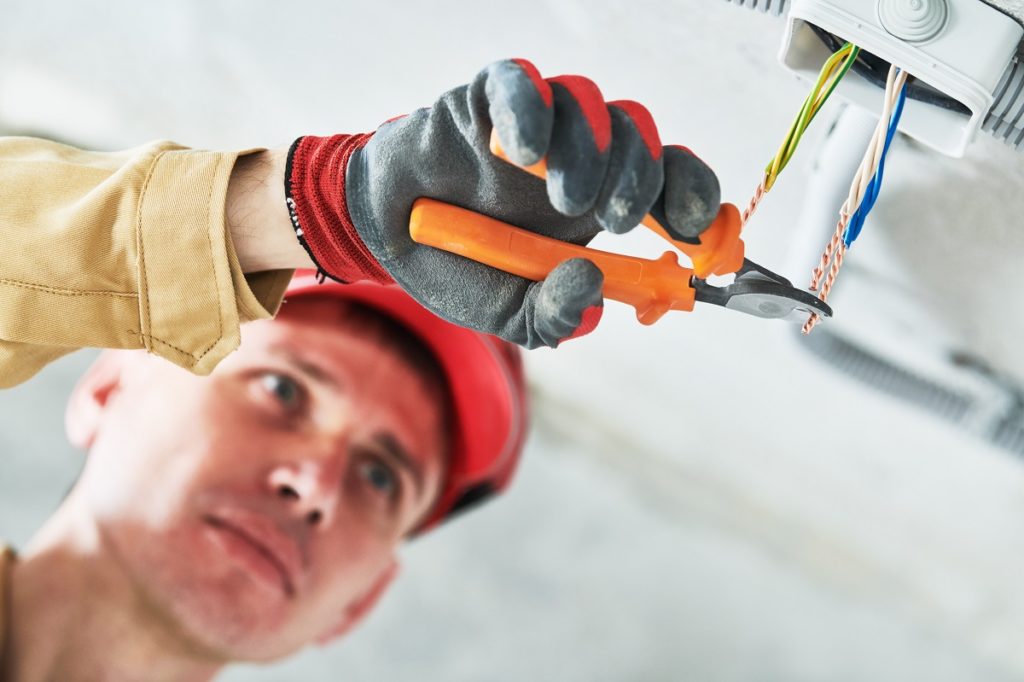Do you know that the most dangerous place on Earth isn’t in a remote wasteland or a region torn by civil unrest or conflict? It’s close to home—actually, it’s your home.
In 2020, the National Safety Council recorded over 150,000 deaths caused by accidents at home, with an additional 46.8 million treated cases. Such fatalities are the fourth leading cause of death in the US, more than stroke, Alzheimer’s disease, and diabetes. While most cases involve falls and poisoning, a significant portion involves other causes like electrocution.
Electrical safety becomes more paramount as the typical home is more decked out with tech than decades ago. Your family should be enjoying life without worrying about wires catching fire. Fortunately, there are some simple ways to prevent such accidents and more from happening:
1. Have An Electrician Ready
You may not need one right now, but having an electrician just a phone call or online visit away makes a huge difference in preventing such dangers. From simple fixes to working on live wires below ground, electricians have the right skills and experience. Visiting their official websites allows you to find out more about your chosen experts.
Of course, an electrician’s expertise won’t necessarily come cheap, which may tempt you into resolving the electrical problems yourself. But unless you’re a licensed electrician yourself, this arrangement is hazardous for several reasons:
- It only takes less than 0.1 amps (over a three-second exposure) to make the heart stop beating on a whim; household wires can carry currents up to between 10 and 20 amps.
- The investment in tools and safety equipment that electricians use may negate the cost savings of doing electrical work yourself, let alone the necessary training.
- For extensive alterations and other major electrical work, electrical services must secure an electrical permit from the local government to ensure code compliance.
2. Make Outlets Child-Proof
According to the National Fire Protection Association (NFPA), around 2,400 children suffer shock and burn injuries from touching or sticking items other than plugs in outlets. Since it’s where the grid supplies appliances and devices with power, an outlet can carry between 15 and 20 amps at a given time. As mentioned just now, it doesn’t take much for electricity to be lethal.
Because babies and young children hardly know how outlets work, making them child-proof should be a priority. Plastic outlet caps are affordable, but the NFPA doesn’t recommend them, citing a study that reported that two to four-year-olds can easily remove them in ten seconds. More importantly, caps left unattended in reachable locations present a serious choking hazard.
Instead, they recommend installing tamper-resistant outlets. These have a shutter inside that’ll only open if the prongs in a plug push against them simultaneously. They cost around a dollar more than standard outlets, but the increased safety they bring still makes them cost-effective.

3. Have Enough Outlets
It’s not enough that your house has tamper-resistant outlets; it also needs to have enough of them all over the place. The exact figures are hard to come by, but the National Electrical Code states that an outlet should be present at least six feet from a door and twelve feet from another outlet. Some areas like the laundry area and bathroom may have special requirements.
This requirement exists for a good reason: avoiding ‘octopus connections.’ These setups involve plugging so many devices and appliances in one outlet at a given time, resulting in an increase in current and voltage running between the outlet and plugged items—more than they can handle. Eventually, the whole circuit may overload and cause a fire.
Enough outlets also reduce the need for extension cords, which are also known to cause fires. However, if it’s unavoidable, make sure you choose the right one for the job.
4. Have A Fire Extinguisher On Hand
Water may be the best way to put out fires, but not electrical fires. As water is a great electrical conductor, dousing electrical fires with water risks electrocution and even spreading the fire to other parts of the house.
A fire extinguisher does a better job in such disasters, specifically Class C ones that use either carbon dioxide or dry chemicals. Such substances interrupt the fire triangle by taking out at least one of the three elements that trigger a fire. If the electrical fire also sets off gasoline and any oil-based substances, carbon dioxide-based extinguishers are versatile enough to put them out, too.
Conclusion
A house should be a safe place to live in, not die in. Take these tips to heart, and you can prevent most electrical disasters from occurring. If putting them into practice requires spending extra, it’s a small price to pay for overall safety.






